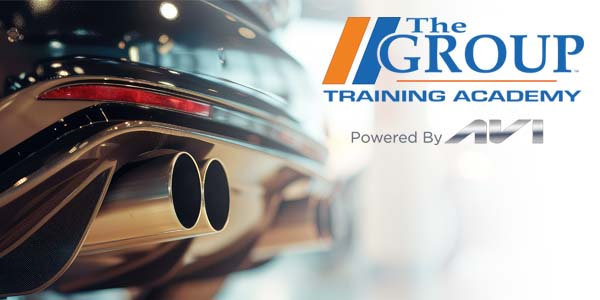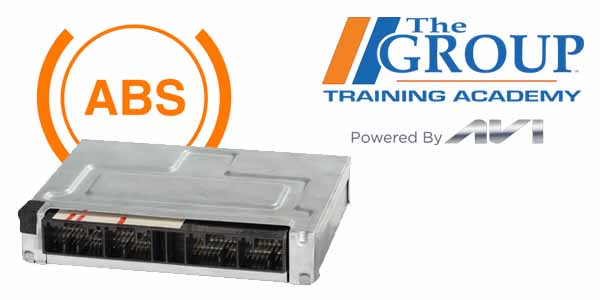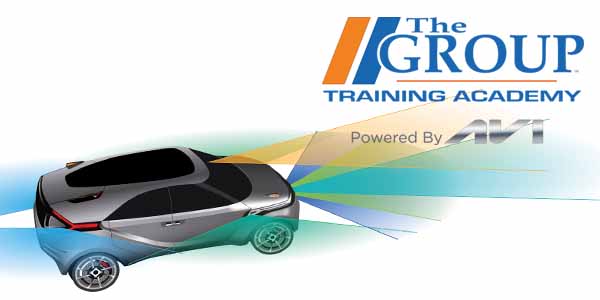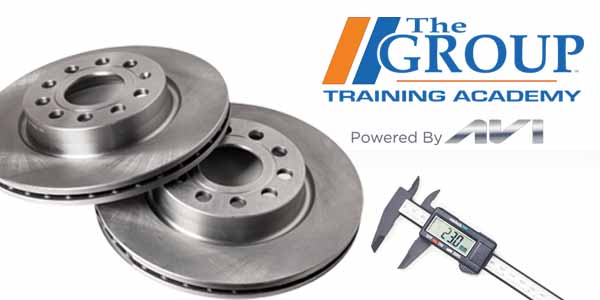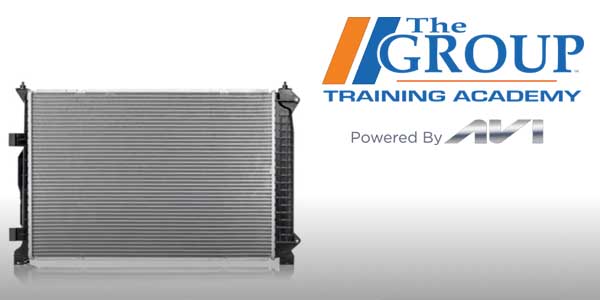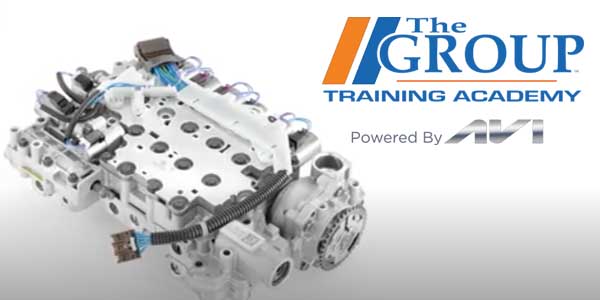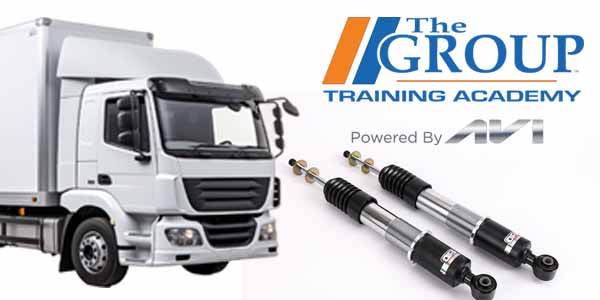Since the mid 2000s, we’ve been seeing more and more new vehicles rolling off the assembly line with lightweight, corrosion-resistant unitized aluminum control arms.
It’s no secret why OEMs are using this type of construction. Since the ball joint is integrated directly into the control arm, a separate housing for the ball joint is not required, which saves money and reduces the overall weight of the control arm.
With automakers under continued pressure to meet corporate average fuel economy standards, it’s likely they’ll continue to favor these unitized controls arms.
This video is sponsored by The Pronto Network.

